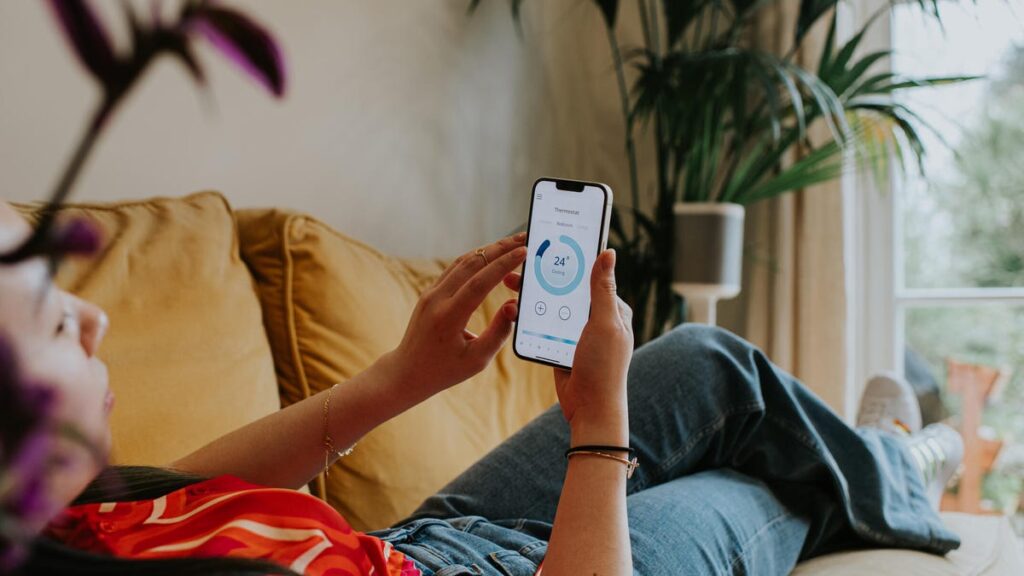Smart home devices, with all their quirks and capabilities, are only part of the equation. The other part is the app they use for settings, control and general account management. Usually located on a phone or tablet (or sometimes a smart display), these apps are how you’ll usually interact with home technology. And I’ve spent a lot of time on them.
The truth is, some home apps are pretty crummy. They’re filled with confusing features, constant bugs or even intrusive attempts at marketing other products and services. But other smart home app UX/UIs have truly impressed me with how clean and functional they are — and that’s the most important thing to many users.
If you’re looking for the best app experiences when you buy home products, here are my favorites and why I came away impressed.
Blink app (security cameras)
Blink offers devices like the Blink Outdoor 4 cam and the Blink Mini 2, compact and usually affordable security cameras that are great for general purposes and first time users. One of the best things about getting a Blink camera is how the app is to understand and use.
From setup to taking a casual look at a live view, Blink’s app is one of the best I’ve come across. It’s speedy, has settings that are easy to find, and keeps the clutter to a minimum.
Arlo app (security cameras and home security systems)
Arlo’s security app is certainly more complex than Blink’s, but you can manage an Arlo security camera and Arlo home security system through it, so it needs to have a lot of features. I found that Arlo has one of the best setup walkthroughs for home security devices, a great start for newcomers that provides useful info in easy-to-understand packages.
The Arlo interface is also clean and quite intuitive once set up. It allows for more customization than almost any home app I’ve found, allowing you to place a variety of widgets where you want on the home screen so you can quickly see or control what’s important to you.
Emporia Energy app (smart plug and energy management)
Emporia’s app offers lots of data, from electricity use graphs for your smart plug to in-depth settings for power schedules, peak use settings and integration with its energy monitors. So it’s impressive Emporia manages to keep the app as tidy and user-friendly as it does, especially considering its speedy setup that can use your existing Google or Apple accounts.
Nothing is ever more than a couple of taps away and Emporia’s menu management makes it easy to understand where things are and what features will do. I’ve rarely seen a mobile app make things so clear.
Switchbot app (locks, sensors, doorbells, etc.)
Switchbot offers a variety of products I’ve tested, including leak detectors, air quality sensors, smart locks and others. Its app has always been pleasant to use, a minimalistic experience with an excellent overview on the home screen that collects device and general home info, making it feel more like a true home hub than most apps.
Switchbot’s automations menu takes an approach I appreciate, listing a dozen possible home routines and walking you through setup. It’s a more comprehensive automation option than the suggestions some apps have, featuring clear explanations of why you might want a certain routine.
Apple Home app (broad platform device management)
Apps like Apple Home or Google Home allow you to unite a range of smart home devices under one roof — which means it has to be a good roof. One of my favorites for sheer simplicity is the Apple Home app. Its home screen is simple and very clean, a nice choice for those who get uncomfortable when there are too many buttons. The division between Categories and Rooms, which grow as you add devices, is an intuitive way to organize your tech.
Of course, not everything works with Apple Home and not every device has all its features available via Apple Home, so there are some concessions for this simplified approach. However, out of the major home platform apps like Google Home or Alexa, Apple’s version remains my favorite and excels at extra-speedy device management.
For more information, check out the best smart displays for additional control options, the best Apple HomeKit devices and how to get professional home monitoring for under $20 per month.
Read the full article here

